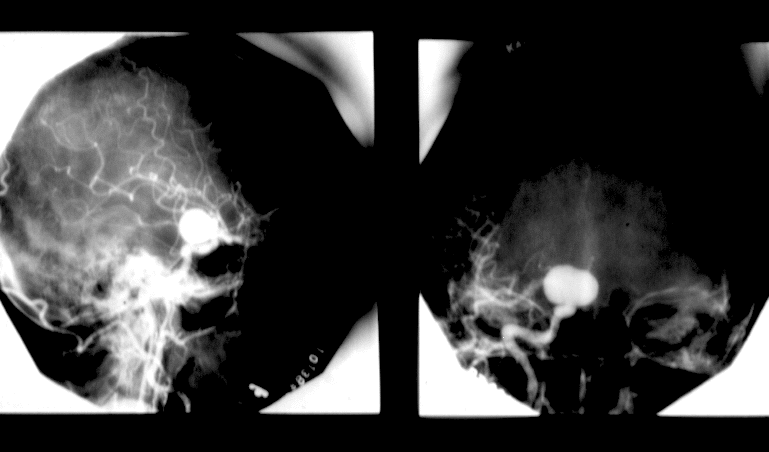Cerebral Aneurysms Before and After
In this example, a patient experienced rapidly diminishing vision in the right eye due to pressure from a giant aneurysm on the optic nerve.

The postoperative angiogram shows normal shape and patency of the carotid artery, and the patients vision rapidly returned to normal.

To schedule an appointment with a neurosurgeon please contact us at: (916) 734-4300
